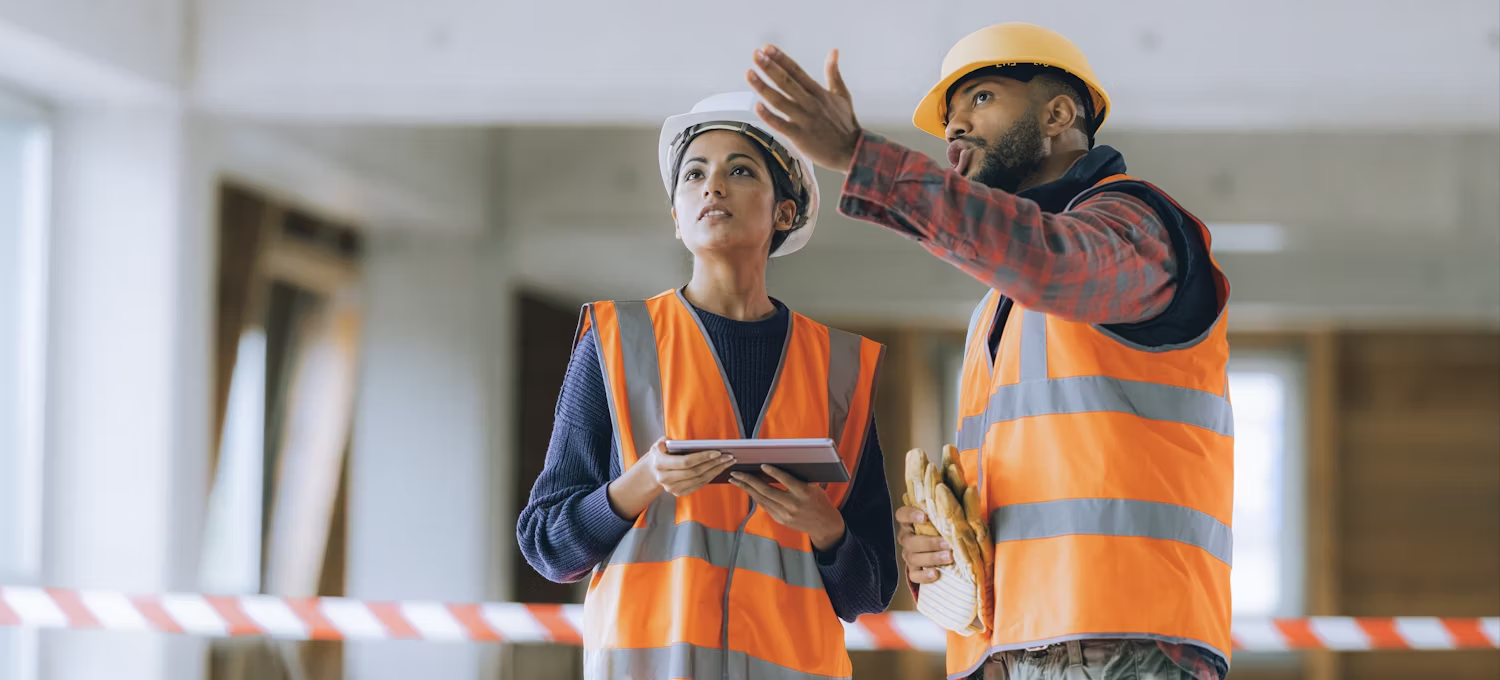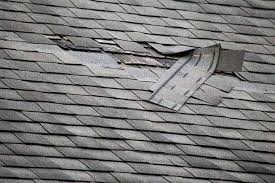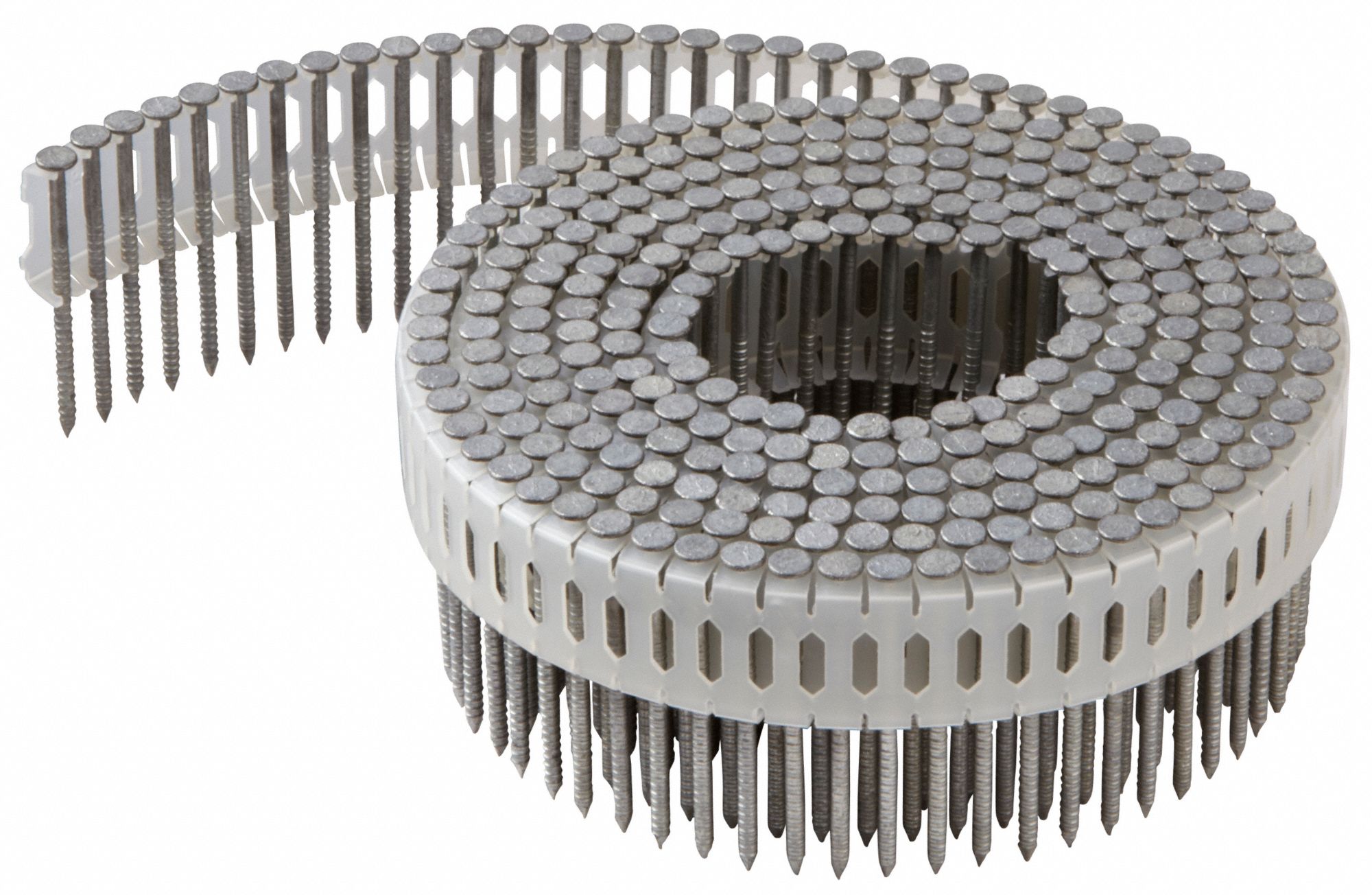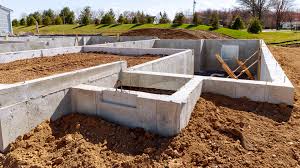Metal vs. Wood Framing: Which Is Better for Your Next Build in the Pacific Northwest?
27 Oct 2025
Home Living SpacesWhen it comes to building or remodeling in the Pacific Northwest, one of the biggest decisions happens before a single nail is driven — choosing between metal or wood framing. Both materials shape the strength, durability, and energy efficiency of your structure, and each comes with its own set of benefits and trade-offs.
At F&M Construction, we often get asked which framing option is better. The answer depends on your project type, budget, and long-term goals — but understanding the differences will help you make an informed choice.
1. Durability and Lifespan
Metal framing is known for its strength and resistance to elements. It doesn’t warp, rot, or attract termites , a major plus in the damp Pacific Northwest climate. Steel studs can last for decades without deterioration, making them an excellent choice for commercial projects or any structure that demands long-term stability.
Wood framing, on the other hand, has natural flexibility that helps it absorb movement, a valuable trait in an earthquake-prone region like Western Washington. With proper treatment and moisture control, wood structures can also last for generations. However, they require consistent maintenance and protection from moisture.
2. Cost and Construction Speed
When budget is a key factor, wood framing wins. It’s widely available, affordable, and faster to work with since most local crews are trained in traditional wood construction. The material cuts easily, allowing quick on-site adjustments and modifications.
Metal framing, while typically more expensive upfront, can save money over time through durability and reduced maintenance. It’s also cleaner to work with — no sawdust, fewer warps, and minimal waste. For large commercial jobs or multi-unit builds, the precision of metal can speed up assembly once crews are familiar with the system.
3. Fire and Pest Resistance
Seattle and surrounding cities have increasingly strict fire-safety standards for certain structures, especially multifamily and mixed-use projects. Metal framing provides a major advantage here — it’s non-combustible and can lower fire risk. It also keeps rodents and insects at bay, which is particularly helpful for basements and coastal builds.
Wood framing is naturally combustible but can be treated with fire-retardant coatings. For most single-family homes, fire resistance is managed through code-compliant insulation, drywall, and protective finishes.
4. Energy Efficiency and Comfort
Wood is a natural insulator, helping homes stay warmer in winter and cooler in summer. Metal, by contrast, conducts heat and cold easily, which can create “thermal bridging” unless properly insulated. Builders often add a layer of rigid foam or thermal break to offset this issue when using steel framing.
If your priority is energy savings and indoor comfort, wood offers better performance out of the box, while metal requires extra insulation layers to match it.
5. Environmental and Sustainability Factors
Both materials can be eco-friendly when sourced or handled responsibly.
- Steel framing is often made from recycled materials and is fully recyclable at the end of its life cycle.
- Wood framing comes from renewable resources, and when sourced from certified forests (FSC-certified lumber), it can have a low carbon footprint.
In short, metal supports recycling, while wood supports renewability.
6. Which One Should You Choose?
If you’re building a custom home, remodel, or addition, wood framing is usually the more practical choice, cost-efficient, flexible, and naturally insulating.
If you’re working on a commercial structure, basement, or high-moisture area, metal framing may be worth the investment for its strength and resistance to the elements.
Many modern builders now combine both, using metal studs for basements and commercial areas, and wood framing above for comfort and cost efficiency.
Final Thoughts
In the end, there’s no one-size-fits-all answer. The best choice comes down to your project goals, design vision, and budget. At F&M Construction, we specialize in both wood and metal framing solutions across the Seattle area — from full remodels and new builds to basement conversions and additions.
If you’re planning a new project and want expert advice on which framing method fits your needs best, contact us today for a consultation.
Related Posts:
Schedule a free visit today.
We will visit your space to better understand your needs and we will send you a quote for your project for free.





